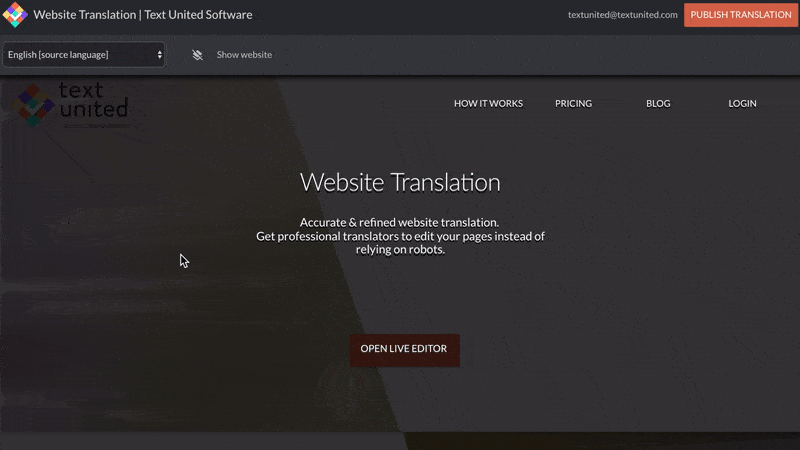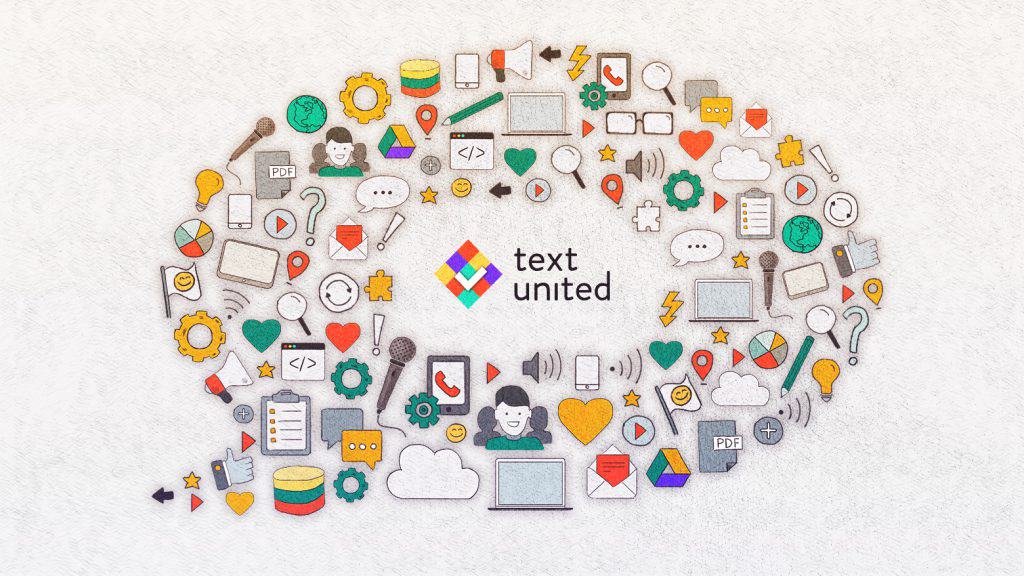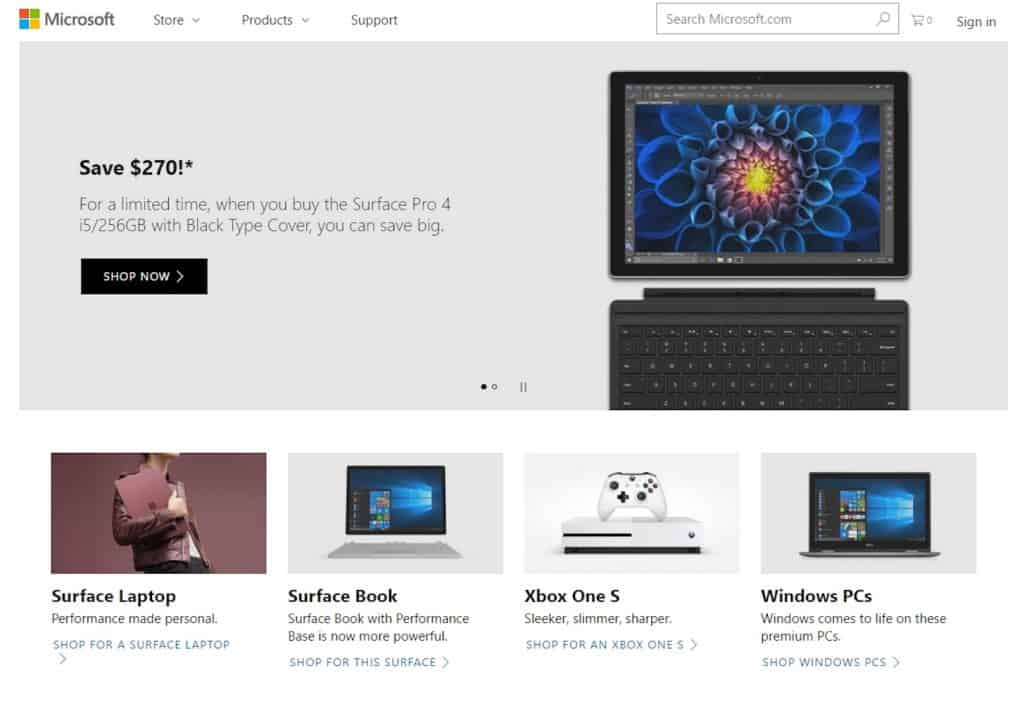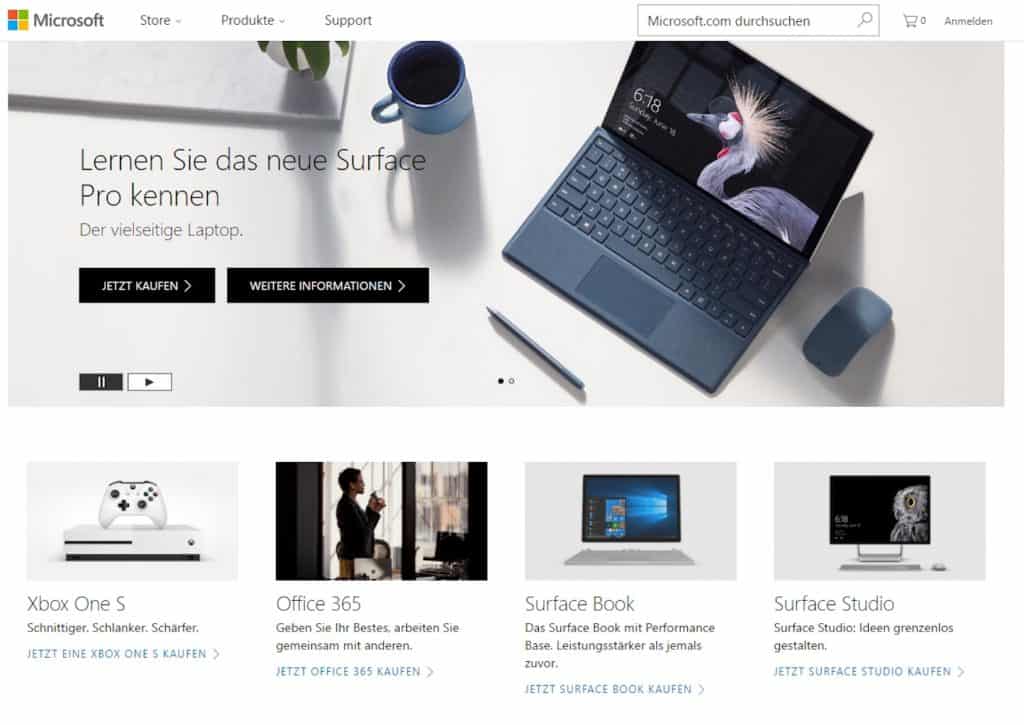Should You Translate Digital Content?
We live in a world in which consumers are using apps of all kinds. Literally. From social media, through organizing, notes, to finances, and just about everything else you can think of. Now, let me break it down for you, if you still didn’t know that: if your app is successful in your home country, chances are that it’ll be just as popular around the world! At least that’s what we wish for.
To be able to reach global users, you need to translate digital content to meet their cultural and language needs. In some cases, you will require a different language version of your product. If you are still struggling to differentiate which language service you need for your product, check out this blog post titled Translation vs Localization vs Transcreation right here because now we are going a bit deeper.
Learning By… Looking
Let’s take a look at the different versions of the Microsoft website – one is targeted at the US, and the other for the German market.
The design and the layout of the website are the same at first glance. Try looking closer! The content is in fact, slightly different on each website. There are two significant differences:
- The Surface Pro 4 is on sale for the US market, while the simple Surface Pro, without the price tag or sale offer, is offered on the German version of the website.
- Notice how the products below are in a different order than in the US version. This is indicating that the most popular products for Germany are the Xbox and Office 365, while in the US, it’s the surface products.
Two simple facts, right? Well, it means that people responsible for a localized version of the website regularly change the design, sequence of the products, and the website content itself. And this is what we call responding to their audience needs.
Grab Your Content By The… Code
Yes, yes, we know you heard that before, but understanding your market is crucial to delivering the best product to that locale. Just remember that demand and interests are often different in different regions!
Directly translating a slogan from one language to another is not always possible. The translator, above all, must preserve the original meaning and message of the source text. In most cases, it occurs when figurative or regional speech is used. Since the job of the translator is to preserve the intent of the language, a culturally and locally relevant equivalent must be chosen to represent the source text. That’s why it can be simply time – consuming to transcreate than to simply translate. After all, the copywriter has to transfer the original meaning to a different culture he’s translating into.
Considering different target markets, audiences, groups, and regions, it’s easy to conclude that it’s simply never enough to just translate your digital assets. If you are working with living digital content you should localize or transcreate it because the whole process results in new quality digital content. Using the right tools and translators can make that process a lot easier because you expect automation, reasonable price, and the new content not being a 1:1 translation.
Connecting to Text United to Translate Digital Content
When it comes to translating digital content, Text United has this exact solution to translate any kind of file; from app to web app to a website. We extract the translatable text from your resource files and translate it while your code will be left untouched. For websites, there is a simple approach to translate in context and directly on top of your website.

You can connect Text United to:
- your Website
- SharePoint
- DropBox
- HubSpot
- GitHub
- Bitbucket
This means that your English speaking team can easily manage and execute high-velocity operations in international markets.
GitHub can be used for automated syncs with Text United, so you can schedule checks of your repository’s content. If Text United finds a new string that you pushed, it will notify you that a translation is required. Using Translation Memory mechanics it will happen at no cost most of the time, but if you add bigger changes, translators are available to provide that human touch your software needs.
BitBucket is also an available integration that works well with distributed teams looking to scale their software internationally. A manual sync button provided within Text United allows to check the repository for missing translations, get them through TM or translators, push back and your software has no missing international content.
Digital Content + Text United = ❤️



